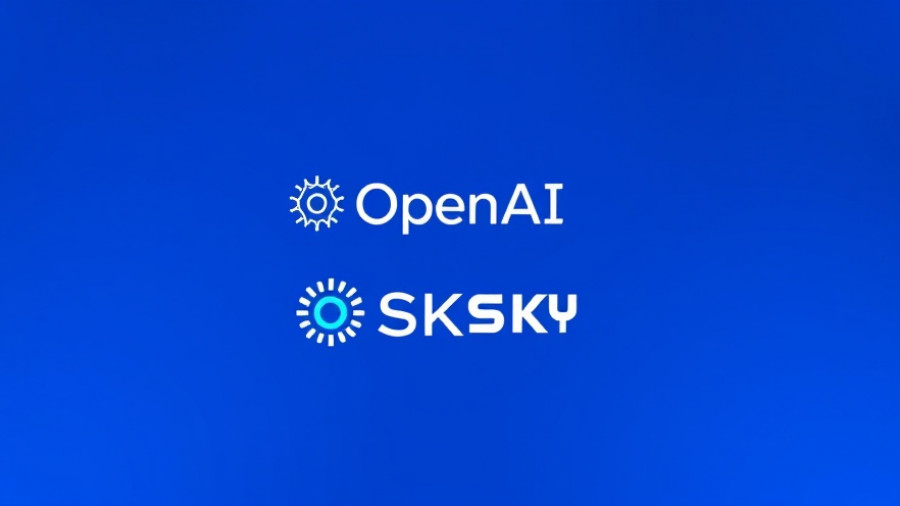
OpenAI’s Strategic Move: Revolutionizing Mac User Experiences with Sky
In a significant step toward enhancing productivity for Mac users, OpenAI recently announced its acquisition of Software Applications, Inc., the creators of Sky—a pioneering AI-powered interface designed to streamline daily tasks on macOS. This acquisition, made public on October 23, 2025, marks a bold initiative by OpenAI to embed AI deeply into consumer technology and reshape how people engage with their personal computers.
The Vision Behind Sky
Ari Weinstein, CEO and co-founder of Software Applications, emphasized that the mission of Sky is to create a computer experience that is not only intuitive but also empowering. Weinstein stated, "We’ve always wanted computers to be more empowering, customizable, and intuitive. With LLMs, we can finally put the pieces together." The software functions as a lightweight overlay, seamlessly integrating into the user's workflow by understanding what is visible on the screen and acting on behalf of the user across various applications—be it writing an email, coding, or planning projects.
Transforming How Users Interact with Mac
Sky is designed to enhance the natural language interface, allowing users to perform tasks without the constant need to switch between multiple apps. This transformative user experience elevates its function beyond a mere assistant, aiming to act as an integrated partner in content creation and task completion. The advancements in AI are set to redefine user interaction with personal computers, providing a significant edge over traditional operating interfaces.
AI Competition: Apple vs. OpenAI
The acquisition of Sky comes at a time when Apple has been ramping up its AI efforts, particularly its Siri application. With features under the umbrella of Apple Intelligence, including advanced writing helpers and visual searches, the tech giant has prepared to respond to OpenAI's advancements. This competition could drive rapid innovation in AI integrations into everyday user experiences, compelling both companies to race toward developing more contextually aware and responsive systems.
The Future Landscape of AI Integration
As OpenAI begins the integration process, expectations are high for what the combination of Sky and ChatGPT will yield. Early implementations suggest that ChatGPT could transition from a standalone application to a comprehensive assistant embedded within the macOS, capable of understanding users' actions and responding contextually. Such advancements promise to create a more cohesive and efficient working environment, transforming how tasks are approached in a digital setting.
Emphasizing User Privacy and Safety
However, this shift to more agentic AI raises significant questions about user privacy and security—especially as some users may be apprehensive about the AI’s ability to view their screens and undertake actions on their behalf. OpenAI must address these concerns judiciously, ensuring that the innovations do not compromise user trust and the integrity of data privacy.
The economic terms of the acquisition remain undisclosed, but the strategic potential of this move is noteworthy, especially considering that Sky had previously attracted $6.5 million from various investors, including Sam Altman. With the integration of AI-powered tools, Mac users could soon experience a new era of productivity revolutionized by intelligent software.
Conclusion: Anticipating AI-Centric Workflows
The incorporation of Sky’s technologies into ChatGPT could set a precedent for how personal computing evolves. As both OpenAI and Apple continue to develop these AI-centric solutions, users can look forward to an enhanced computing experience that is not only powerful but also effortlessly intuitive. With Sky becoming part of the OpenAI family, Mac users may be on the verge of a transformative leap in their interactive computing landscape.
 Add Row
Add Row  Add
Add 




Write A Comment